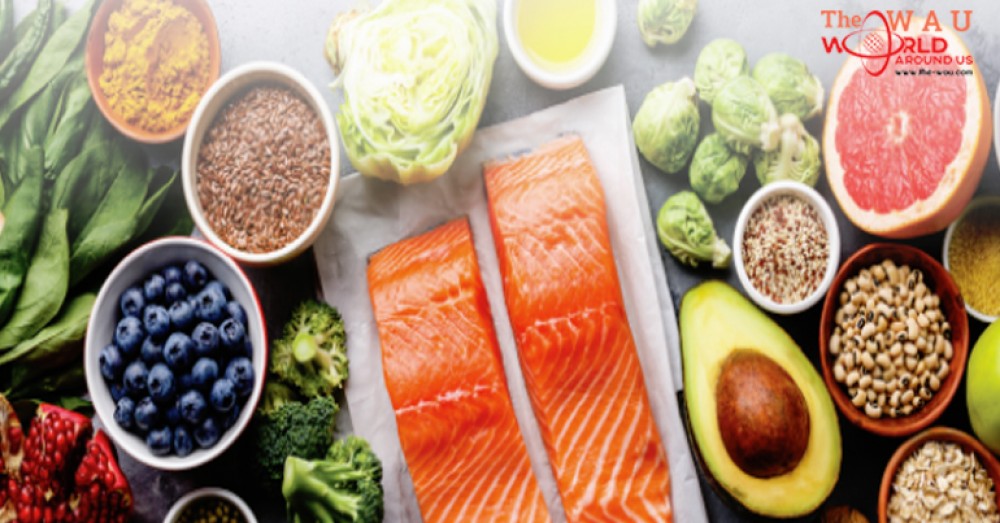There has been a lot of buzz around the new trend of “superfoods” that is growing bigger by the day and getting a lot attention from consumers who are curious to know more about this new trend.
Many people think that eating superfoods will prevent them from many diseases and health issues; but the truth is; as of today; there is no standard criteria for “super” foods or even a final approved list. However, many of those foodsare known to be pack-filled with nutrients such as vitamins, minerals, antioxidants and fiber that benefitour healthwhen incorporated regularly into a healthy balanced diet.
Below is a list of some of the most commonly recognizedsuperfoods:
Common Superfoods and their benefits
• Berries: Say “YES” to Healthy Cells
In addition to being very good sources of different vitamins and minerals, fruits like blueberries, raspberries and strawberries have high levels of antioxidants called flavonoids, help protect healthy body cells from being damaged.
• Pumpkin: The easy “A” to your body
A vegetable that is low in calories, high in fiber and high in vitamin A? Yes please! Fiber is known to support your digestive functions and vitamin A is one of the essential vitamins to support normal vision
• Kale: The “Darkside” of goodness
A dark green leafy vegetable packed with nutrients such as vitamins A and C, potassium, fiber and antioxidants. Vitamin C supports the functions of a healthy immunity and Potassium helps maintain of normal blood pressure and muscle function.
• Salmon:Hello Omega 3!
A fatty fish high in Omega 3; essential fatty acids that can promote heart health; and a good source of protein which helps maintain muscle mass and normal bones.
• Nuts, legumes and seeds:A little goes a long way
Good sources of protein and healthy fats (Omega 3 and 6) when eaten in moderation. Examples include chickpeas, unsalted sunflower seeds, almonds, peanuts, walnuts.
• Quinoa: The Super hero of Grains!
Often referred to as a supergrain; quinoa is actually a gluten-free seed considered as one of the most nutrient-dense carbohydrate foods available today. It is high in fiber and high-quality protein and is packed with minerals such as iron, copper, manganese and phosphorus
• Yogurt: Welcome Probiotics!
A dairy product that provides a good source of protein, vitamin D, Calcium which not only supports the growth/maintenance of normal bones, but also helps release energy from food in the body and Probiotics which are beneficial bacteria that help promote a healthy gut.
• Dark chocolate: A little less guilt in pleasure
For your indulging moments, and to ease the feeling of guilt every time you reach out for a piece of chocolate, dark chocolate in specific ishigh in antioxidants with powerful properties that help protect the healthy body cells against damage, but fat and calories come with the package! So treat yourself in moderation to avoid weight gain and other health related issues.
In summary, focusing on consuming one type of food may prevent you from gaining the benefits of other essential nutrients your body needs. So although these “superfoods” carry different benefits to their consumption; the key to a healthy body and mind is a balanced and varied diet inclusive of all the food groups along with regular physical activity.

Share This Post















